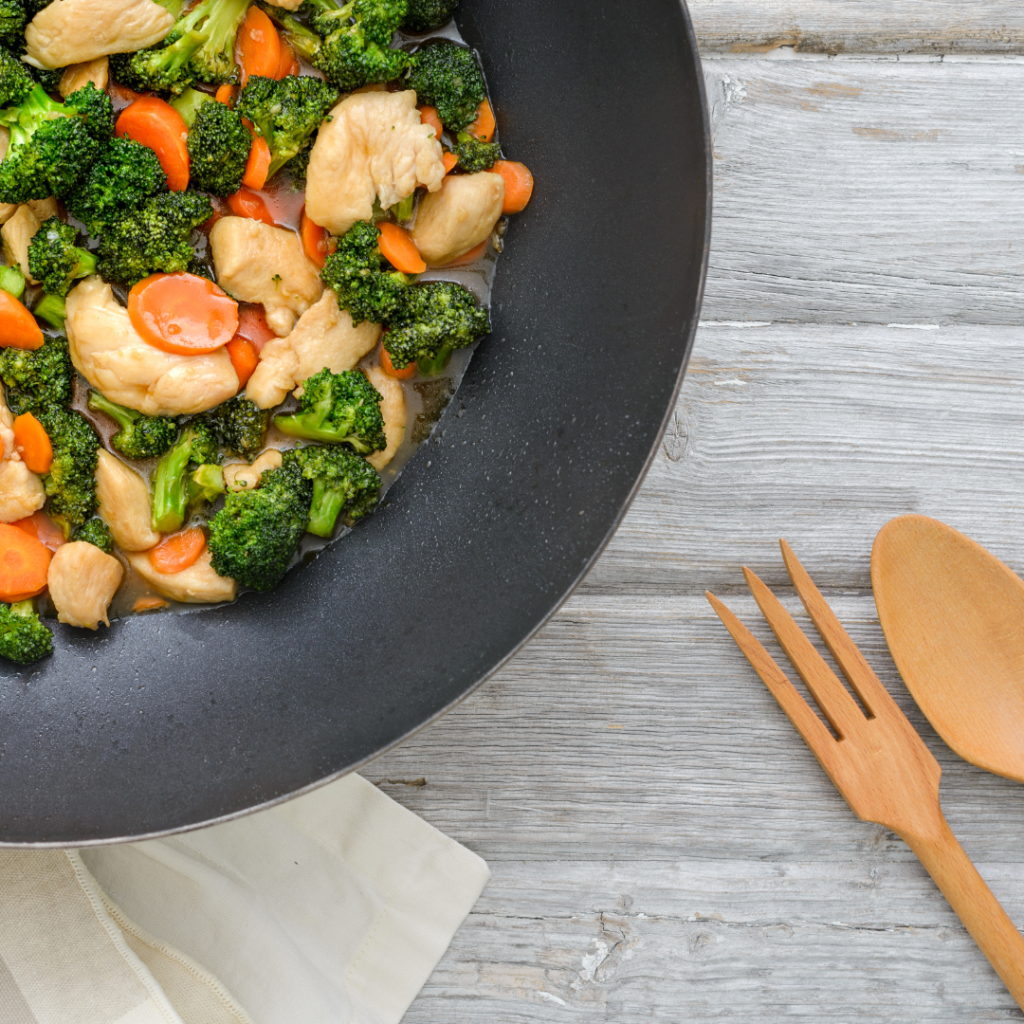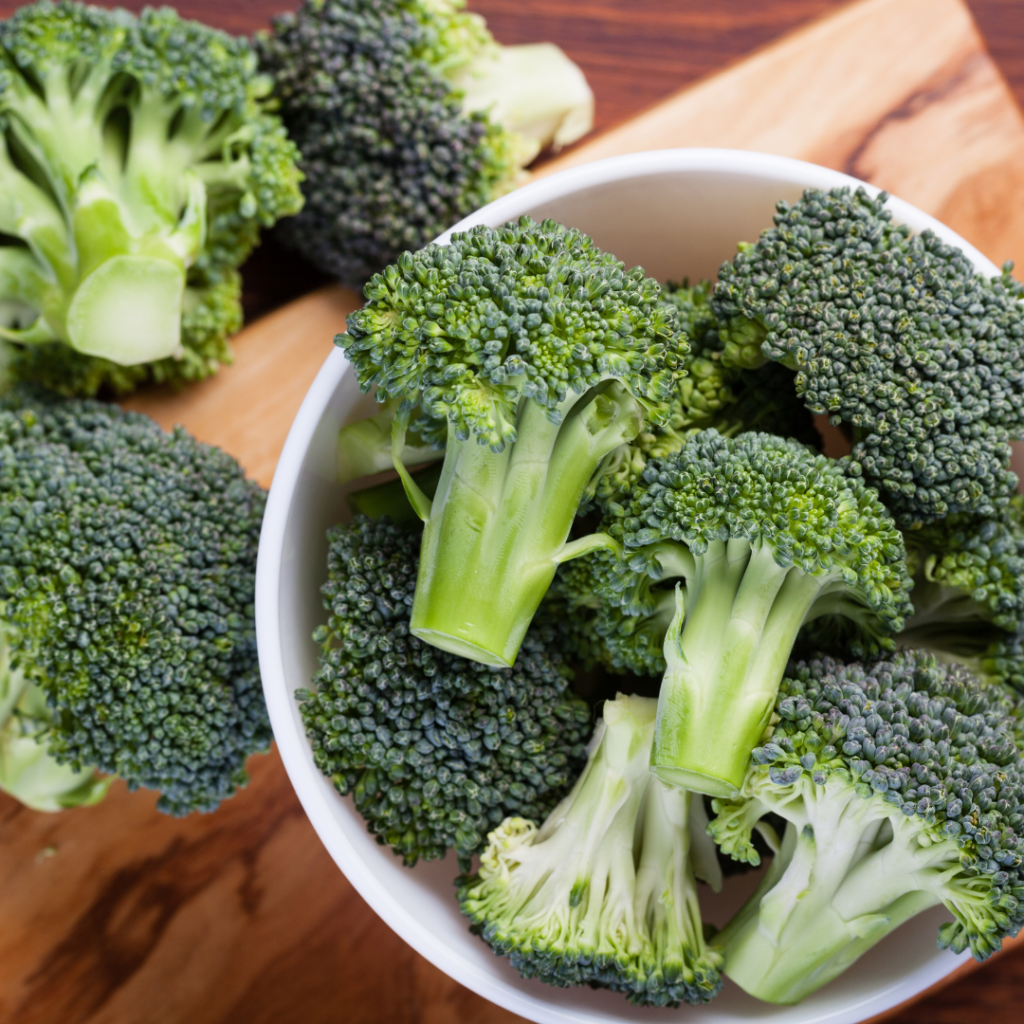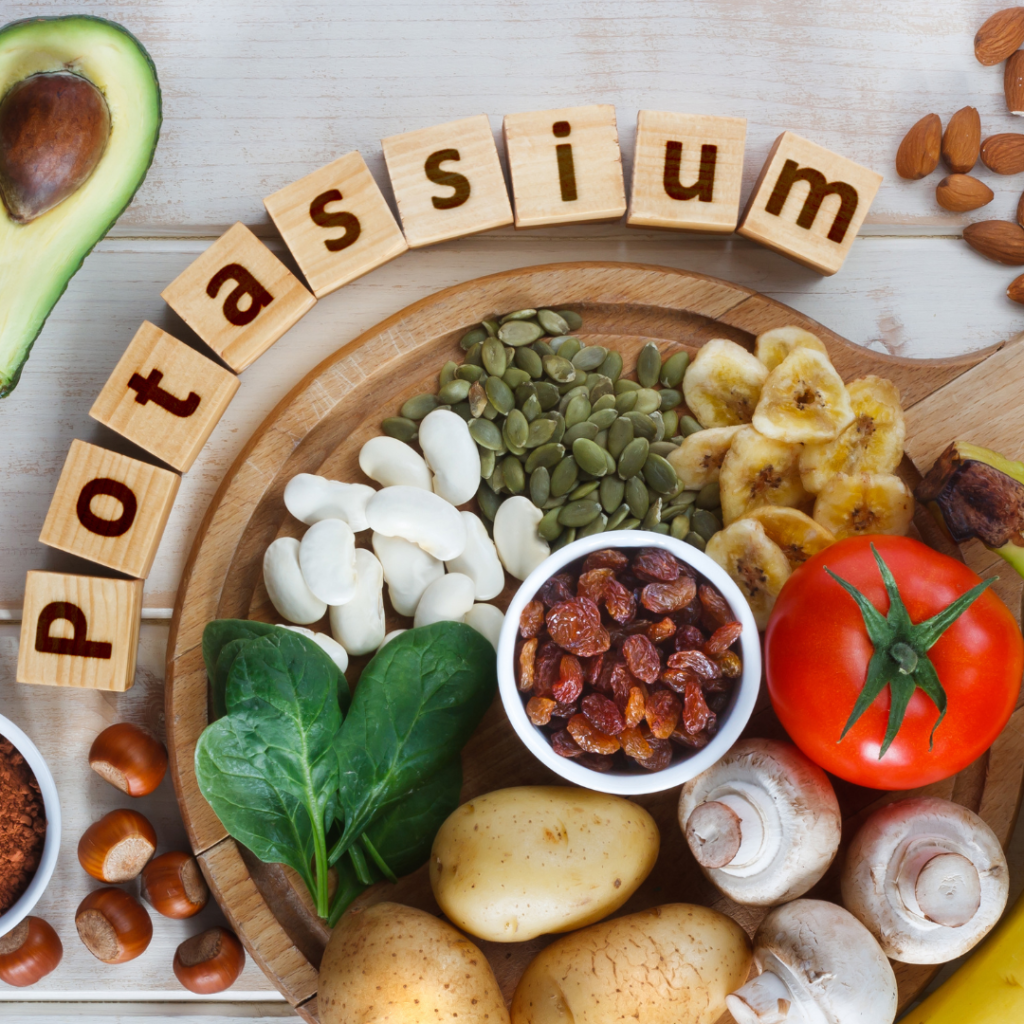It’s estimated that 34-94% of individuals with SCI experience pain in some form or another. Approximately 50-81% of individuals with SCI experience musculoskeletal pain, which affects your bones, muscles, ligaments, and tendons. Neuropathic pain is experienced by 29-75% musculoskeletal pain and onset usually occurs within the first few months or years following the injury.

Pain is experienced when an injury or inflammation sends a signal through the nervous system to the brain. It’s defined as “a sensory or emotional experience associated with actual or potential tissue damage.” Many people take medications to address their pain, but nutrition can also provide ways to reduce pain impulses within the nerves, limit the brain’s perception of pain, and stop local tissue damage without the side effects some medications have.
So, how can you use nutrition to reduce pain?
Firstly, drink plenty of water. There are so many symptoms, and even diseases, that can be helped by drinking enough water, or hydrating fluids. It’s recommended to drink 6-8 cups daily, but always consult with your physician. Neurogenic bladder usually affects those living with SCI and increasing the amount of fluid you take in a day can cause some issues and use more supplies than normal. Keep an eye on your urine. It should be clear or a pale, clear yellow color. The stronger the color, smell, cloudiness, the higher the risk for UTI and dehydration.
Second, eating a diet of whole foods such as fruits, veggies, nuts, seeds, and fish will help reduce your toxin buildup, which will help reduce inflammation in the body. Whole foods typically do not come in packages and mayn require some prep. Eating whole foods can help your body function better and may even receive secondary effects of weight loss, reduction in headaches, and improvements in mental function and mood, and even improvements in sleep.
Another key to reducing pain is to eat anti-inflammatory foods and herbs. Inflammation in the body is the key factor in the onset and intensity of pain. It’s important to note that inflammation is important in the tissue repairing process, but chronic inflammation can be highly destructive to tissues and congtribute significantly to chronic pain. Incorporating chili peppers and cayenne pepper to your diet can help reduce the substance in your body that sends the pain signal to your brain.

Eating ginger, clove oil, garlic, sulfur, and cumin, and essentail fatty acids such as salmon, mackerel, sardines can all help reduce inflammation in the body.
Our last suggestion to fighting pain with nutrition is to supplement. Again, we are not suggesting you start any new supplement without speaking with your healthcare provider. Certain medications can have reactions when combined with different supplements, so stay stafe and speak with your provider before starting anything new. They may be able to run lab tests to help identify specific deficiencies and recommend supplements based on those results.
Some common supplements in relation to reducing pain are as follows:
Vitamin B1 – promotes healthy nerves and can provide nerve pain relief with a couple of months of supplementing.
Vitamin B6 – plays a critical role in pain management by making pain-inhibiting neurotransmitters.
Vitamin B7 & B12 both help nerve functions. A vitamin B12 deficiency can lead to issues such as loss of coordination, spasticity, and walking difficulties (if you are able to ambulate).
Foods high in the B vitamins include grass-fed beef, salmon, sardines, chicken, eggs, bananas, avocados, carrots, beans, lentils, brown rice, sunflower seeds, and yogurt. There are 8 B Vitamins. If you choose to take B vitamins in supplement form, it is best to take them together in a B-complex to increase the absorption.
Magnesium – can reduce osteoporosis pain, muscle cramps, muscles spasms, and myalgia. A deficiency in magnesium can promote inflammation, increase pain, and contribute to fatigue, sleep disorders, mood problems, and muslce dysfunction. Foods high in magnesium include spinach, pumpkin, sunflower seeds, sesame seeds, broccoli, flax seeds, kale, ginger, quinoa, black beans, beets, tomatoes, almonds, and dark chocolate.
Carbonated beverages can be high in phosphorus, which depletes magnesium and calcium – two minerals that can help relieve muscle cramps, tension, and spasticity. Eating foods high in calcium can also reduce pain and inflammation. Foods high in calcium include broccoli, sesame seeds, kale, parsley, almonds, and yogurt.

Last but not least, Potassium is an essential mineral which is important fot the function of all cells, tissues, and organs in your body. Foods high in potassium include avocados, apricots, salmon, white beans, bananas, and spinach.
Healthy lifestyle choices will lead to a healthy body. There may be foods you are sensitive to or other underlying conditions. Exercising, maintaining a healthy weight, and limiting sugar will all help keep your body healthy, which will reduce pain and other symptoms/conditions. Studies have shown that heavier people are predisposed to shoulder injuries and carpal tunnel syndrome as a result of the excess strain put on these joints when transferring or moving. Studies have also seen that being overweight can make a person more sensitive to pain. Check out the recipe in our newsletter as an example for how to add anti-inflammatory foods into your diet.
